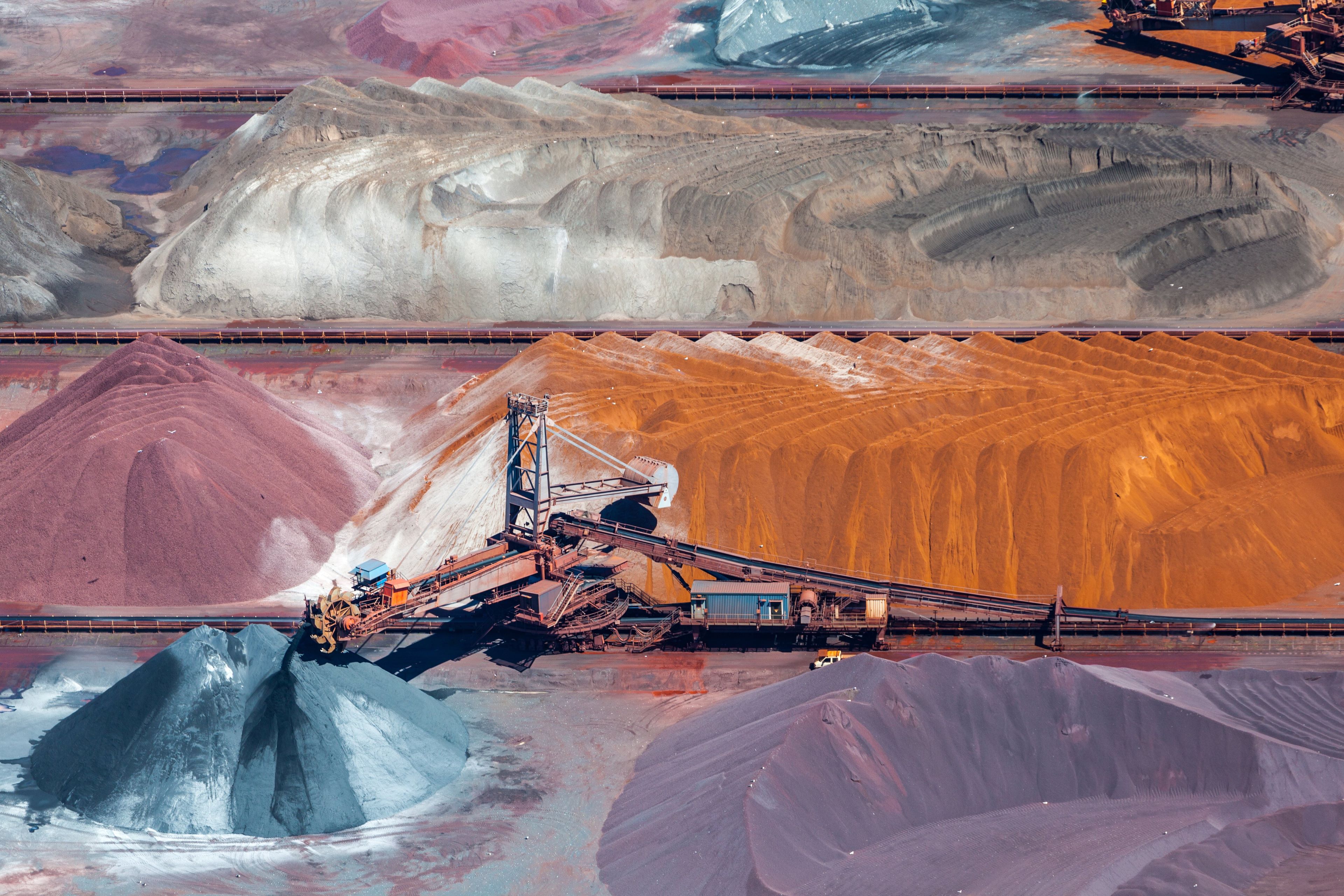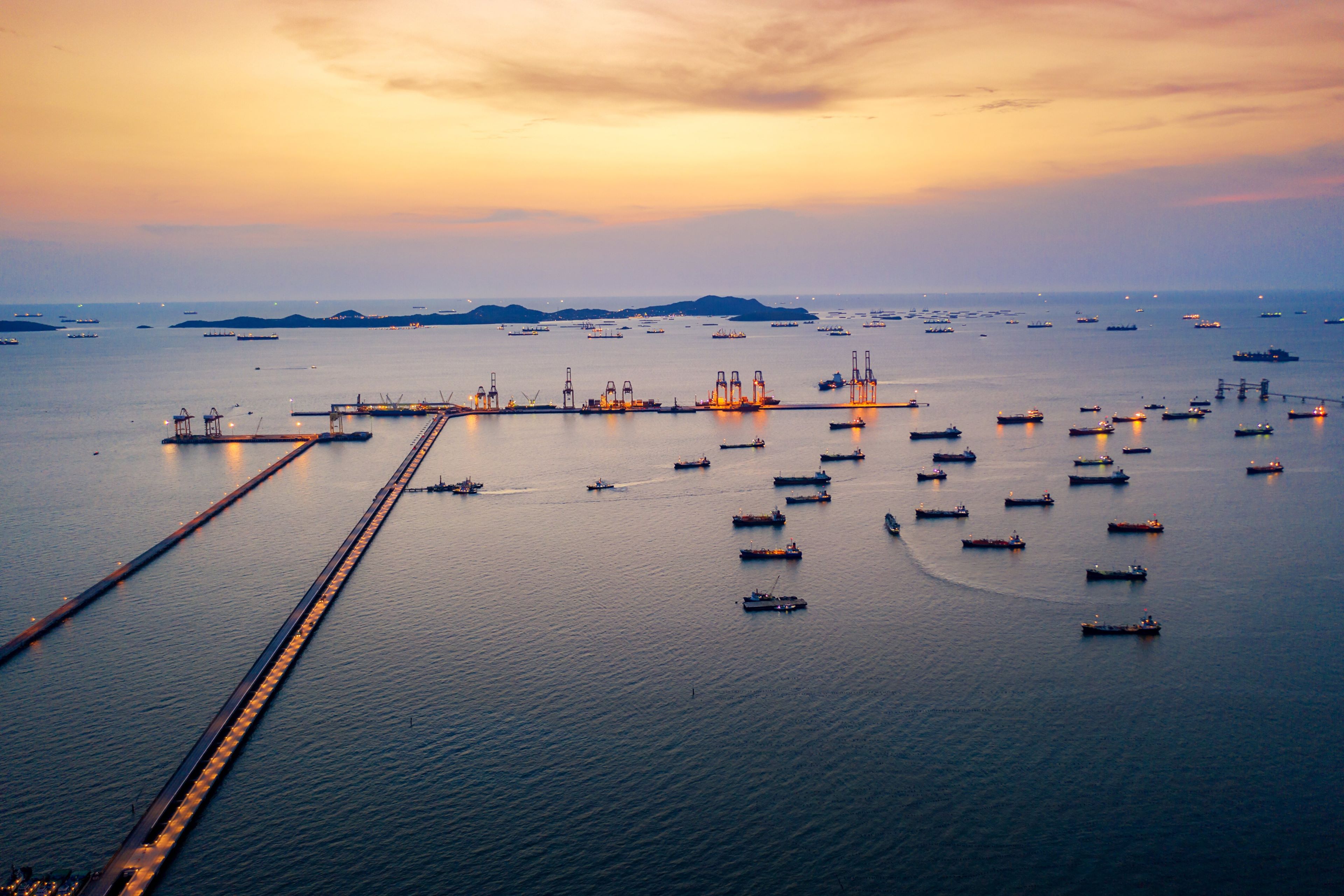EY refers to the global organization, and may refer to one or more, of the member firms of Ernst & Young Global Limited, each of which is a separate legal entity. Ernst & Young Global Limited, a UK company limited by guarantee, does not provide services to clients.

How India can lead the global green steel revolution while balancing growth
Green steel technologies and renewable energy integration can pave the way for a carbon-neutral steel sector by 2070.
In brief
- India, the second-largest steel producer, faces the challenge of decarbonizing its steel industry, which relies heavily on the carbon-intensive blast furnace-basic oxygen furnace (BF-BOF) production process.
- Green steel technologies in India, such as green hydrogen direct reduced iron (DRI) and scrap-based electric arc furnaces (EAF), offer up to 97% emissions reductions compared to traditional methods.
- Policy support, renewable energy in steel manufacturing, and Carbon Capture Utilization and Storage in steel are crucial for India's steel industry decarbonization by 2030.
As the world races towards decarbonization, the steel industry—a major contributor to global carbon emissions—faces immense pressure to adopt greener production methods. With the second-largest steel producer globally, the need for sustainable steel production initiatives in India is critical. The report, Green Steel Production Pathways for India, outlines how India’s steel industry can transition towards greener, low-emission technologies while addressing the challenges ahead.
Current steel production landscape in India
India's steel industry is dominated by the Blast Furnace-Basic Oxygen Furnace (BF-BOF) emissions, which rely heavily on virgin iron and coking coal. This method accounts for 43% of the country's steel output, making it the most carbon-intensive production pathway. Meanwhile, coal-based steel production combined with Electric Arc Furnaces (EAF)and Induction Furnaces (IF) constitutes 22% and 35% of production, respectively. India remains the top global producer of DRI, with significant emissions resulting from its reliance on coal.
Given India's steel industry development and the government's goal of achieving 255 million tons per annum (MTPA) of production by 2030, decarbonizing its steel industry is no longer an option but a necessity. Expanding steel production through BF-BOF without mitigation efforts could lead to a significant surge in CO2 emissions, further compounding environmental challenges.
Defining green steel and production pathways
Green steel refers to steel production with drastically reduced carbon emissions, primarily achieved through innovative technologies such as green hydrogen for steel production and scrap-based EAF powered with renewables. Both of these processes present a lower carbon footprint compared to the traditional BF-BOF route. For example, H2-DRI can reduce emissions by up to 97%, while renewable-powered Scrap-EAF achieves up to 88% emission reductions.
The report highlights that there is no single industry-standard definition for green steel. Various initiatives, such as ResponsibleSteel and the Science-Based Targets initiative (SBTi), set different emissions intensity targets ranging from 0.05 to 0.4 tons of CO2 per ton of steel. These targets reflect varying approaches, depending on factors like scrap metal recycling in steel and the incorporation of renewable energy in steelmaking processes.
Challenges and recommendations for India
Despite the promise of green steel, the transition poses several challenges. The high upfront capital investment required for H2-DRI and the dependency on renewable energy sources are significant hurdles. Additionally, India's current lack of substantial steel scrap makes the widespread adoption of Scrap-EAF challenging. To tackle these issues, the report recommends a multi-pronged approach:
- Policy support: A strong regulatory framework mandating a certain percentage of low-emission or green steel production in India. Additionally, there should be an adoption mandate requiring a specific percentage of green steel usage by domestic consumer. The government can facilitate this by providing tax incentives, capital subsidies, and grants for decarbonization projects.
- Renewable energy integration: The success of green steel production hinges on the availability of renewable energy. Thus, investments in solar and wind energy, along with robust energy storage systems, are critical.
- Carbon capture technologies: The report underscores the need for a national Carbon Capture, Utilization and Storage (CCUS) strategy. Developing high-readiness technologies can help achieve significant emission reductions in BF-BOF operations until full green steel adoption is feasible.
Download the full pdf
Summary
India's steel industry is at a crossroads, where the shift towards sustainable, green steel production is not only vital for reducing emissions but also for maintaining competitiveness in a rapidly decarbonizing global market. By embracing renewable energy, innovative technologies, and policy interventions, India has the potential to lead the charge in sustainable steel production.
How EY can help
-
EY India Climate & Decarbonization Services help organizations address physical and transition risks while adapting to market and regulatory shifts.
Read more -
Discover EY energy transition insights, people and services, and how they can help your business unlock the opportunities of an uncertain future.
Read more -
Streamline ESG reporting with EY’s ESG Compass. Explore ESG solutions, tools, dashboards, and fact sheets to enhance sustainability and compliance.
Read more
Related articles
Research ecosystem within Indian higher-education sector
Explore strategic reforms in India's higher education research ecosystem, bridging academic and industry insights for impactful innovation.
Unlocking low-grade iron ore: Role of beneficiation in India's steel sector
Explore the urgency of iron ore beneficiation to meet industry demand and improve eco-efficiency in our comprehensive guide on modern techniques.
How petrochemical industry in India drives growth with investment and innovation
EY highlights how Indian petrochemical companies can navigate rising demands and global competition. Learn more.







